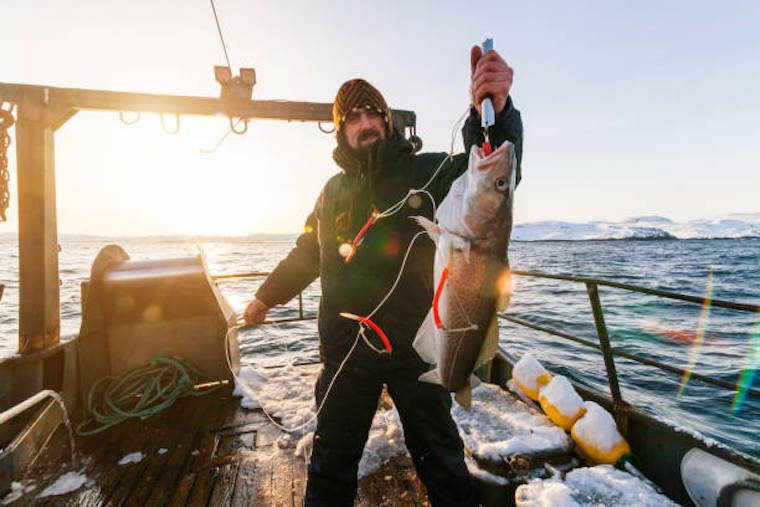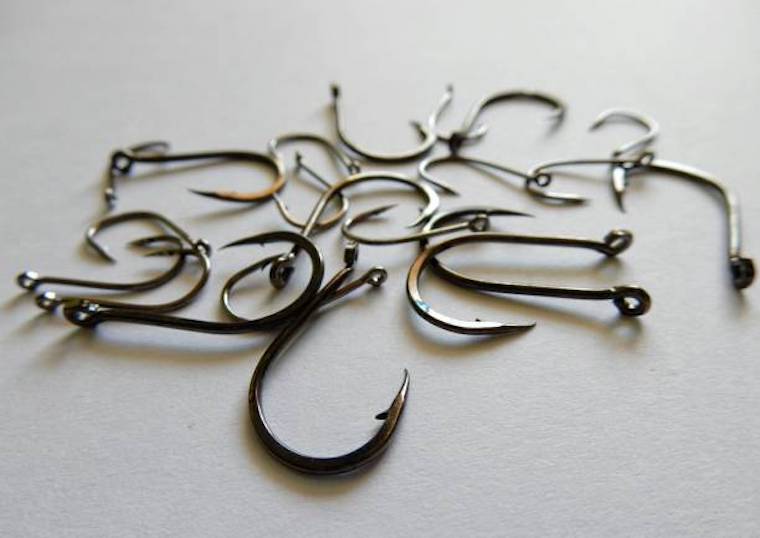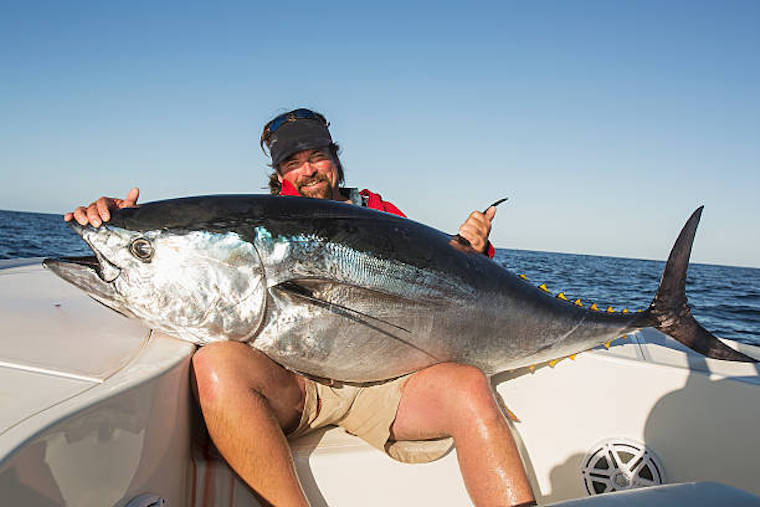How to Catch Flounder
In general fishing is patience, patience and yet more patience, and flounder fishing with a fishing rod is just what is required. Flounder is renowned for its mild, flaky white delicious flesh. Large flounder can be filleted but the smaller ones are delicious cooked whole.
To successfully target Flounder, you must understand their habitat and use their inquisitive behavior. Flounder like relatively warm water and lie in wait for their prey facing into the current and using structure to reduce water flows.
Where to fish?
So where do you find Flounder? The standard habitat for flounders are shallow sandy or muddy estuaries, along beaches outside of estuaries, around piers, rocky outcrops and breakwaters. In areas of long expanses of sand or mud it is best to fish on the incoming tide and outgoing tide targeting the gullies and channels, for this is where Flounder will congregate waiting for the high tide when they will spread out over the flats and retreat to as the tide retreats. As always do not forget to fish your feet first as many fish are caught within 10 yards of the shore.
Understanding the feeding habits of the flounder is the key to catching them. Flounder are ambush hunters, lying in wait partially buried in the mud and pouncing on their unsuspecting prey. Wherever you are fishing for flounder follow the current or the tide up the estuary.
Another key to catching more flounder is to remember that flounder love structure. Structure can be gullies, rocky outcrops, piles (wharves, Docks Piers). Structure is also important at slack tide when the Flounder will hug whatever structure exists. On the back side of the larger pilings, rocks etc. a small eddy forms, and the flounder will position themselves on the bottom in that eddy facing into the current.

The trick to catching flounder given what we have learned so far is to have your bait up current of the structure and to bring it towards the structure slowly and as realistically as possible. With live bait this is not to difficult as long as you exercise patience, however with cut baits a slow slight jigging action appears to work best. If you decide to use soft baits (plastics) try to use a bait which is very supple so that at a slow trolling speed it will wriggle and emulate a live bait. Some suggestions are pink or red plastic grub tail on a jig head or the Bass Assassin lures. Test new plastics as come onto the market you may find a winner.
This brings up the question of what are the best baits? I have had success with mullet fingerlings, and mud minnows hooked through the lips. When these are in short supply live shrimp hooked through the horn, fresh peeler crabs, lug worms and rag worms and soft baits, all work very well and result in good flounder bags.
Another tip is to remember that Flounder generally swim in small shoals and where you get one you are very likely to catch more.
Flounder tend to mouth the bait before swallowing, so if you strike to quickly you are liable to pull the bait out of the flounders mouth. It is not possible with all baits but the fishing tackle I use whenever possible a 4/0 circle hook on a 15 to 20 inch 30 pound leader or a similar length of wire trace. I prefer to use a running trace and fish with a slack line so that the flounder can move of with the bait and not feel the tug of the line until it has swallowed the bait. I use a ball sinker as light as is possible to effect the cast.
The ball sinker will move slowly around on the seafloor adding an additional tease factor to your bait. For soft baits I use the same rig but with a 2/0 jig head hook. Additionally the addition of beads both plastic and floating in different colours on the line directly above the hook, in fact anything that can improve visibility, vibration and movement of your bait is to be sought after, as it can significantly improve flounder hook up. The addition of small chemical lights above the hook also works.
There is much written and espoused about fishing rods and fishing reels for flounder fishing. In my humble opinion any good medium graphite rod will work admirably well.
Happy fishing and good eating !







